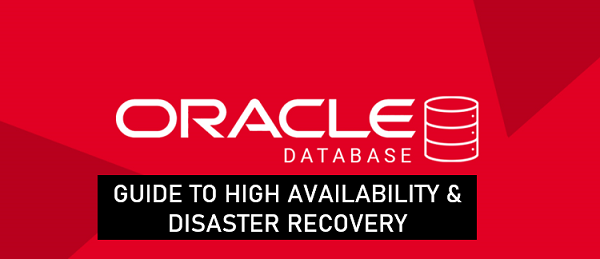Ensuring Your Oracle Database Stays Up and Running: A Guide to High Availability and Disaster Recovery
In today’s fast-paced digital world, downtime can cost your business millions. That’s why it’s essential to have robust strategies in place for high availability (HA) and disaster recovery (DR). If you manage an Oracle database, two powerful tools can help you achieve this: Oracle RAC (Real Application Clusters) and Data Guard. Let’s explore how you can leverage these technologies to keep your systems running smoothly and your data safe.
Implementing Oracle RAC for High Availability
Oracle RAC allows multiple computers to run Oracle RDBMS software simultaneously, providing a single database. This means if one server fails, others in the cluster can take over without interrupting your database services. Imagine you’re running an e-commerce platform like Amazon. During peak shopping seasons, server failures can lead to significant revenue losses. With RAC, if one server in the cluster goes down, your customers won’t notice a thing. The remaining servers pick up the slack, ensuring continuous availability and performance.
Key Benefits:
- Fault Tolerance: If one node fails, others continue to operate.
- Scalability: Add more nodes to handle increased load seamlessly.
- Load Balancing: Distributes database loads across multiple servers.
Let’s Understand with an Example
Think of a large e-commerce company like Amazon. They can’t afford any downtime, especially during peak shopping seasons. By using Oracle RAC, they ensure that their database is always available, even if one of their servers goes down. This means customers can continue to shop without interruption.
How to Implement:
- Hardware Setup: Ensure you have compatible servers and storage configured in a clustered environment.
- Software Installation: Install Oracle Grid Infrastructure and Oracle RAC software on all nodes.
- Database Creation: Create a RAC database using Oracle tools like DBCA (Database Configuration Assistant).
Setting Up and Managing Data Guard for Disaster Recovery
While RAC keeps your database available, Data Guard is your safety net for disaster recovery. Data Guard maintains standby databases that can quickly replace your primary database in the event of a disaster. Picture a scenario where a financial institution like JPMorgan Chase suffers a data center outage. With Data Guard, a standby database at a different location can take over, ensuring critical financial transactions continue without interruption.
Key Benefits:
- Data Protection: Keeps a synchronized copy of your data at all times.
- Failover Capabilities: Automatically switches to the standby database during a failure.
- Data Consistency: Ensures your backup data is always up-to-date
Let’s Understand with an Example
Consider a financial institution like JPMorgan Chase. They need to protect sensitive financial data and ensure operations can continue seamlessly in case of a disaster. Data Guard allows them to have standby databases in different geographical locations, ready to take over if the primary database fails.
How to Implement:
- Primary and Standby Setup: Configure your primary database and create standby databases.
- Log Transport Services: Set up Data Guard to transport redo logs from the primary to the standby databases.
- Role Management: Use Data Guard Broker to manage and monitor your Data Guard configuration, facilitating seamless switchover and failover processes.
Why It Matters?
In today’s digital world, downtime and data loss can be catastrophic. By implementing Oracle RAC and Data Guard, you can achieve both high availability and disaster recovery, ensuring your business operations remain uninterrupted and your data secure. Whether you’re managing an e-commerce giant, a financial institution, or any other business, these tools can provide the reliability and resilience your database needs.
Take proactive steps today to safeguard your Oracle database. The investment in high availability and disaster recovery will pay off in business continuity and peace of mind.
Conclusion
Ensuring the high availability and disaster recovery of your Oracle database is not just a technical requirement but a business imperative. By implementing Oracle RAC and Data Guard, you can protect your critical data and ensure continuous operation, even in the face of hardware failures or disasters.
At Learnomate Technologies, we provide the best training to help you master these powerful tools. Our comprehensive courses will equip you with the skills needed to implement and manage Oracle RAC and Data Guard effectively. For more insights and in-depth tutorials, visit our YouTube channel and explore a wealth of resources tailored to your learning needs.
To learn more about our training programs, visit our website. For more articles and updates, follow my Medium account.
Stay ahead in your career by enhancing your knowledge and skills with Learnomate Technologies.







